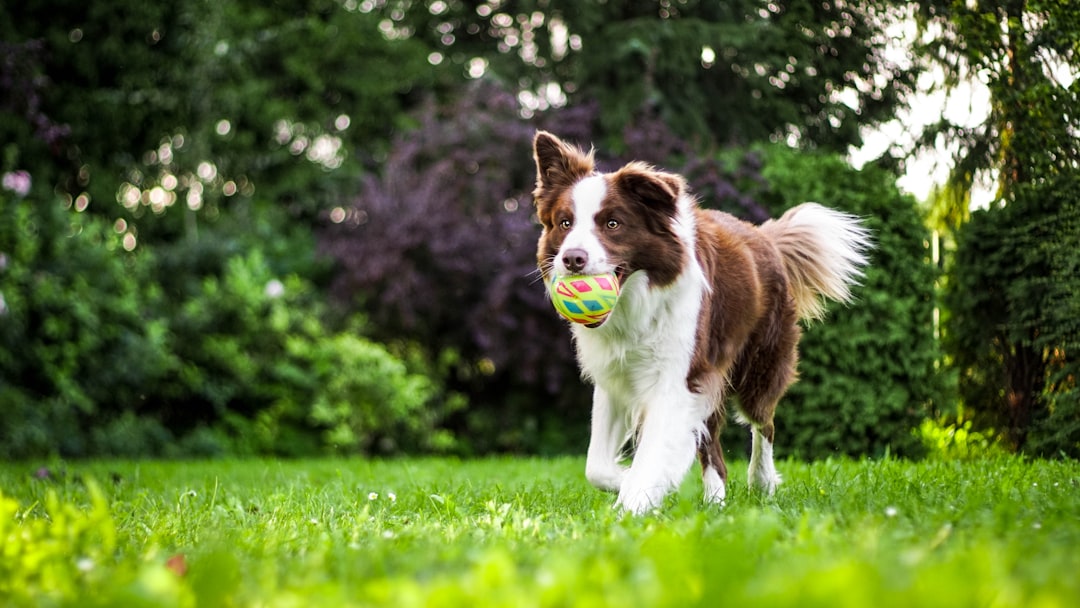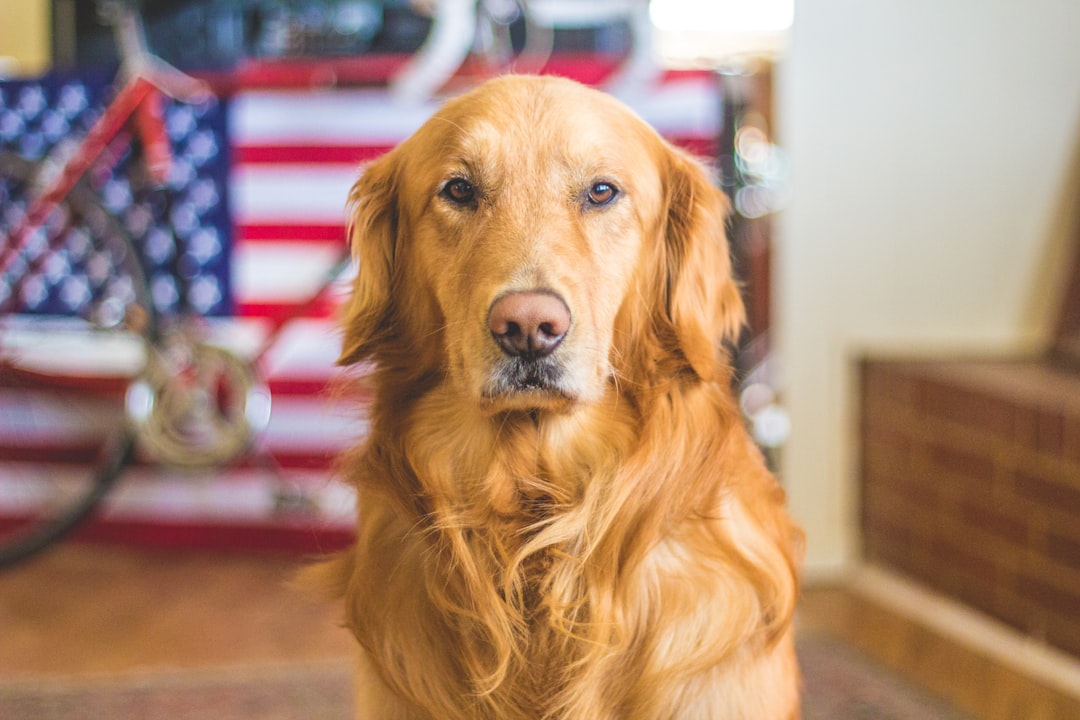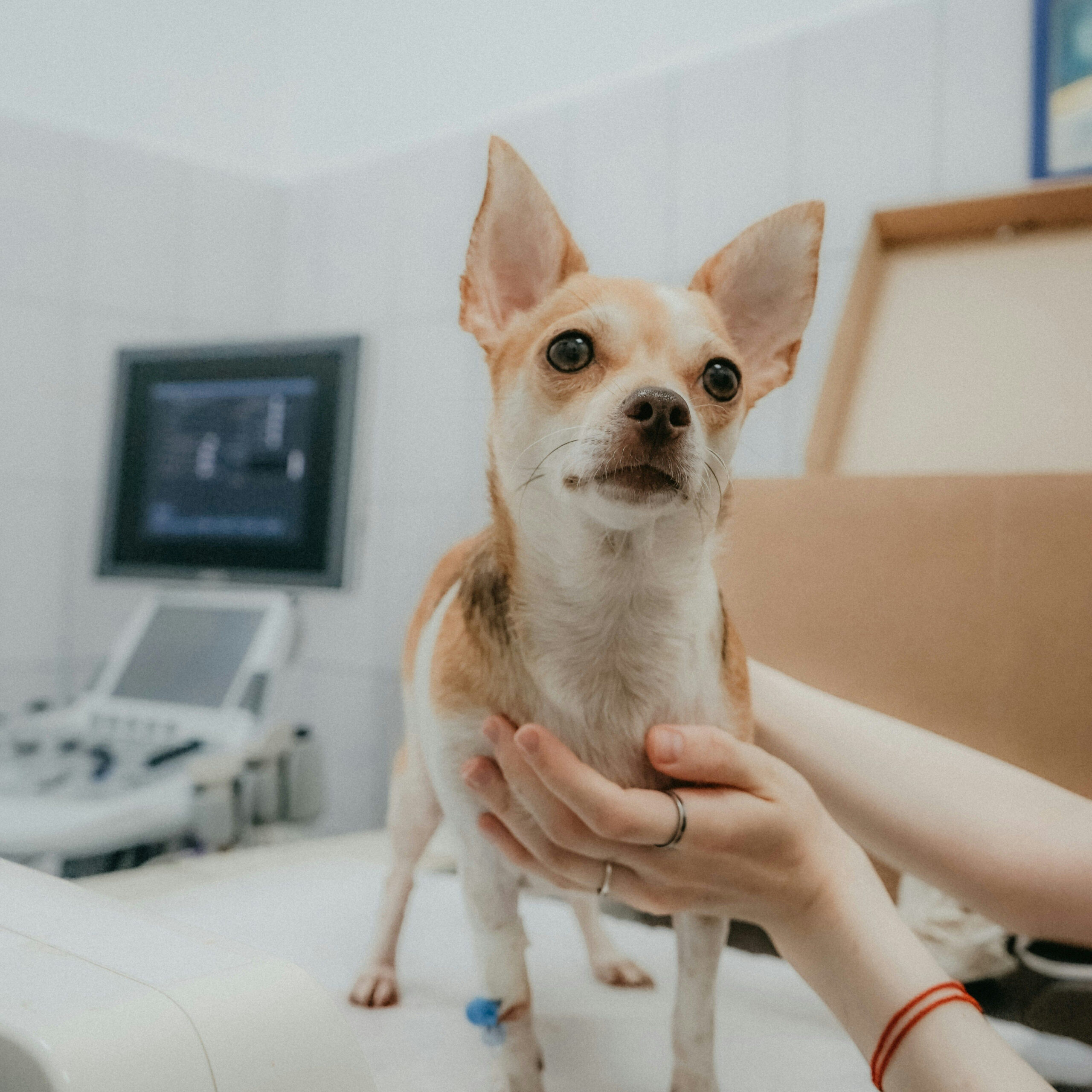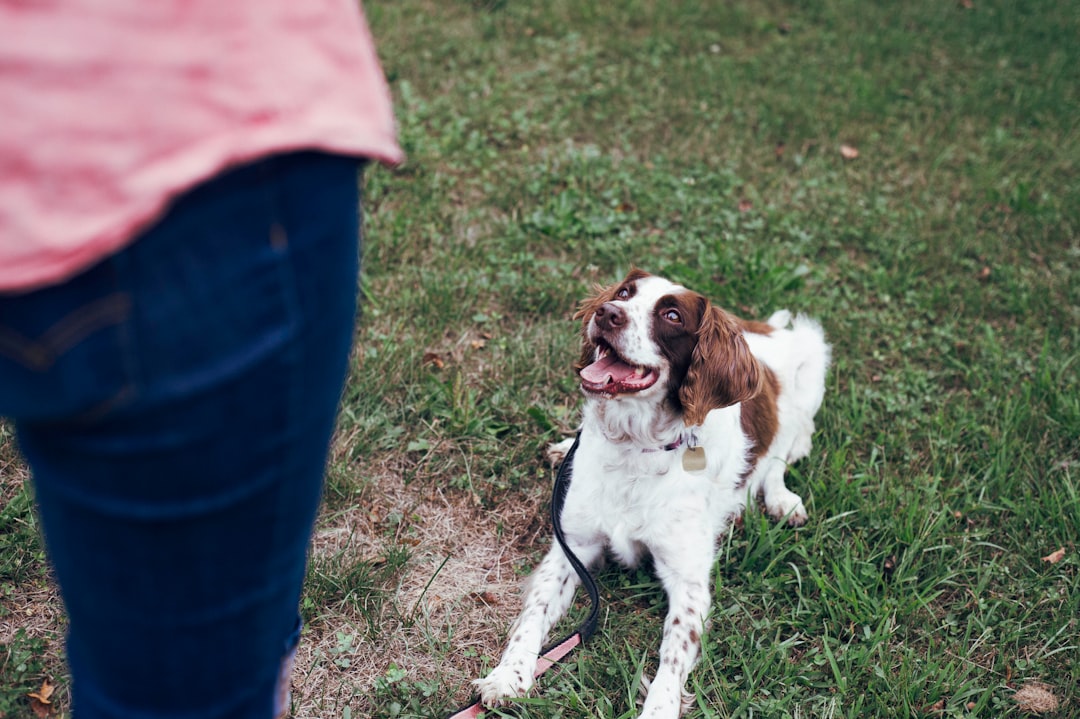“Conquering Canine Bloat: A Comprehensive Guide to Prevention, Swift Recognition, and Recovery”
Conquering Canine Bloat: A Guide to Prevention, Recognition, and Recovery
Conquering Canine Bloat: Empowering Tips for Prevention and Speedy Recovery – Learn how to recognize the symptoms, understand the risk factors, and implement effective prevention strategies to safeguard your dogs health and ensure a speedy recovery from canine bloat.

Understanding Canine Bloat

What is Bloat?
Bloat, or Gastric Dilatation-Volvulus (GDV), is a life-threatening condition that strikes fear into the hearts of dog owners. It occurs when a dog’s stomach fills with gas and twists, obstructing veins in the abdomen and preventing blood from returning to the heart. This can lead to a rapid buildup of pressure and, if not treated immediately, shock and death. Such a dire emergency necessitates swift action to save the dog’s life.
The condition can develop without warning and is considered a critical situation that requires immediate veterinary intervention. The severity of bloat in dogs coupled with its rapid progression, makes it a top priority for dog owners to recognize and react to.
The Seriousness of Bloat
Recognizing the gravity of bloat is crucial for all dog owners. It’s not merely an uncomfortable condition for your pet; it’s a medical and surgical emergency that demands prompt attention. If left untreated, the mortality rates for bloat can hover around 15-20% for uncomplicated cases. However, with timely and appropriate treatment, the chances of survival increase significantly. Large, deep-chested breeds are especially prone to this condition, highlighting the importance of understanding both genetic and lifestyle risk factors.
Recognizing the Symptoms
Early Warning Signs
The symptoms of bloat may start subtly but escalate quickly. Owners might notice their dog’s belly appears swollen and hard, accompanied by excessive drooling, retching without vomiting, restlessness, and other distress signs. These symptoms can swiftly evolve into more severe ones, such as a rapid rise in heart rate, weak pulse, and indications of shock. Recognizing these signs early can be the difference between life and death for your pet.
Risk Factors for Canine Bloat

Genetic and Physical Traits
Certain dogs are predisposed to bloat due to their genetic makeup and physical characteristics. Large breeds with deep chests, like Great Danes, Weimaraners, and St. Bernards, are particularly at risk. The condition is more common in older dogs, males, and those with a family history of bloat, underscoring the need for awareness and preventive measures among owners of these dogs.
Dietary and Behavioral Factors
The risk of bloat can also be influenced by a dog’s diet and behavior. Feeding practices such as giving only one large meal a day, rapid eating, and using raised food bowls have been associated with an increased likelihood of developing bloat. Additionally, stress, anxiety, and exercising immediately after eating can further exacerbate the risk. Dogs who have experienced bloat previously are at a heightened risk of recurrence, making preventive strategies even more crucial.

Prevention Strategies
Dietary Management
Preventing bloat involves thoughtful dietary management. Splitting meals into smaller, more frequent portions and using slow-feeder bowls can help minimize the risk. Diets high in fat and foods containing citric acid may also increase the likelihood of bloat, so choosing your dog’s food carefully is essential.
Managing Stress and Exercise
Reducing stress and carefully timing exercise can also play a significant role in bloat prevention. Avoiding strenuous activity right after feeding and providing toys and activities for mental stimulation can help manage stress levels, thus reducing the risk of bloat.
Considering Preventive Surgery
For breeds at high risk of GDV, preventive surgical gastropexy, which attaches the stomach to the abdominal wall to prevent it from twisting, can dramatically decrease the chances of bloat. This procedure has been shown to reduce the risk of bloat by up to 90% in susceptible breeds.
Emergency Response and Treatment

When to Seek Veterinary Care
At the first sign of bloat, it’s imperative to seek emergency veterinary care. The condition progresses rapidly, and delaying treatment can have fatal consequences. Immediate veterinary intervention is essential to release the buildup of gas and for potential surgical correction of the twisted stomach.
Treatment Options
Treatment options for bloat include stabilizing the dog, deflating the stomach, and surgery to reposition the stomach and prevent recurrence. Gastropexy, performed during this surgical procedure, has a high success rate in preventing future episodes of GDV. Moreover, managing pain and supporting the dog with intravenous fluids are critical components of the treatment protocol.
Recovery and Aftercare
Post-Surgery Care
After surgery, dogs require careful monitoring for signs of infection, pain management, and a gradual reintroduction to feeding. Restricting vigorous exercise and providing a bland, easily digestible diet are key to a smooth recovery.

Long-term Management
For dogs that have experienced bloat, ongoing vigilance for any signs of recurrence is crucial. Regular veterinary check-ups and screenings may be recommended to ensure the dog’s continued gastrointestinal health.
How Dayton Off Leash K9 Dog Training Can Help
Understanding Your Dog’s Needs
Dayton Off Leash K9 Dog Training offers programs that educate dog owners on the behavioral needs of their pets. Understanding why dogs behave the way they do can be pivotal in preventing stress-related conditions like bloat.
Training to Reduce Anxiety
The training methods employed aim for a 100% obedient, off-leash, and distraction-proof dog. Achieving this level of training can significantly reduce a dog’s anxiety and stress levels, thereby mitigating the risk of bloat.
Building Strong Bonds
Furthermore, the focus on strengthening the bond between the owner and dog promotes better communication and understanding. This improved relationship can help prevent behavioral triggers that may lead to bloat, ensuring a healthier and happier life for your canine companion.
Conclusion: Taking Control of Canine Bloat
Understanding the risk factors, symptoms, prevention strategies, and treatment options for canine bloat empowers dog owners to take proactive steps in safeguarding their pets’ health. By incorporating the preventative measures outlined in this article and seeking professional guidance when necessary, you can effectively manage the risk of bloat. For tailored training programs that support a healthy, stress-free environment for your dog, consider Dayton Off Leash K9 Dog Training as a resource in your journey to conquer canine bloat and ensure a speedy recovery for your furry friend.
Would you like a certified trainer to contact you?











